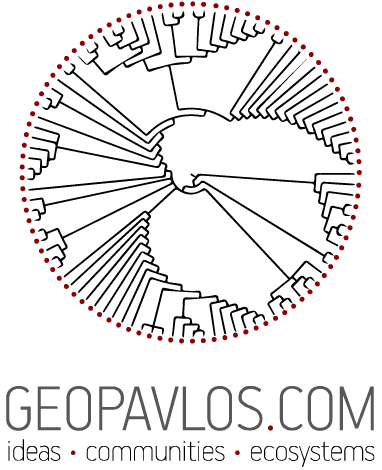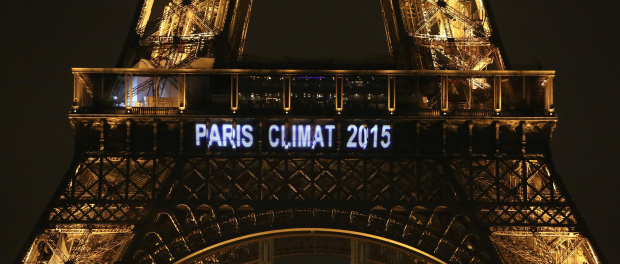Decarbonisation, Net-Zero Emissions and Biomass = Business as Usual?
Negotiators from all over the world have concluded the final round of talks in Bonn, before the much awaited Climate COP21 in Paris, later this year. The aim is an agreement that will put the world on a trajectory to prevent a rise in global temperature above 2°C compared to pre-industrialised levels. The keyword is “decarbonisation” of the global economy, something that a few strong leaders have requested so far. The question remains: how and when will they want to achieve this goal, which will determine the level of ambition that we will see in Paris and beyond.
According to Christiana Figures, Executive Secretary of the UNFCCC, Paris will be an opportunity to split the lines of growth in GDP and carbon emissions. The commitments that governments have put on the table so far are wholly insufficient to achieve this goal. Even if all countries meet their Intended Nationally Determined Contributions (INDCs) commitments, the world is likely to warm by a devastating 3°C or more.
Some countries and business leaders have voiced the need for a long-term goal, calling for net zero emissions. At first, this might sound like a really wonderfully ambitious thing to be calling for. But actually, there is a major problem. “Net zero emissions” sounds like zero emissions but it can mean the exact opposite. The worry is that governments will find a “cheap” way of scaling up the potential of their Carbon Capturing Storage (CCS), by using biomass to enhance that. But, would that really mean a decarbonisation of their economies?
To really have zero emissions, countries need to stop generating greenhouse gases. They need to stop industrialising and really start to think how they are going to cut their emissions at source. This will require major systemic transformations of our societies and restructuring of our economies, and really get to grips with this massive problem. Having net zero emissions, it means that you can continue emitting as much as you like, but you can figure out solutions to take the carbon out of the air and then somehow sequester it. For example, by keep burning bioenergy -instead of fossil fuels- and then storing that carbon dioxide in CCS.
Does the land play a role in that?
That is exactly the problem, because the only way that we can actually take carbon out of the air is through the use of biomass (trees). So, there is this idea that we could dedicate fertile land to grow trees to absorb carbon from the air. This, basically, means “business as usual”, giving polluting governments a license to just carry on without really restructuring or challenging themselves to solve the problem, or even think about it.
According to IPCC scenarios, we will need something between 0.5 and 6 billion hectares of land to keep planetary temperature rise to under 2°C. The last time large-scale land conversions to non-food and non-feed crops occurred, we have seen widespread impacts such as erosion of biodiversity, massive land grabs and huge food price rises. And that was with 20 million hectares of land being grabbed for biofuels and being taken out of food production. We have seen its aftermath, being severe drought, hunger and income inequality, triggering so much political disruption, which were central to the uprisings of the Arab Spring.
We are now talking about potentially 6 billion hectares of land, an area that totally dwarfs the biofuel land grab and possibly displacing food production, indigenous peoples’ rights to land and even democracy.
Read: Act!on Aid on the difference between zero emissions and net-zero emissions
Obviously, it is questionable whether it is possible to convert that much land over to biomass production. But even if governments start doing that, it is going to cause a huge amount of damage to the most vulnerable people who have not caused climate change in the first place. Certainly, it will be marginalised and rural communities that will suffer most, who need support in order to adapt to climate change, rather than to be run over in the search of solutions.
What remains to be seen in Paris is whether we will get a strong, long term goal that makes it very clear that we need to stop bending that emissions curve at source. World leaders have a chance of sending a strong message to the real economy that we need to change our ways. To overcome the current financial crisis and built resilient communities that will thrive in a climate-safe future requires us to think about ways of restructuring our economies. We need to create fair and real solutions, and not just technical jargon that shifts the burden of responsibility to the next generation. There might simply not be many of them, if we continue with “business as usual”.
Originally published on ARC2020.eu

